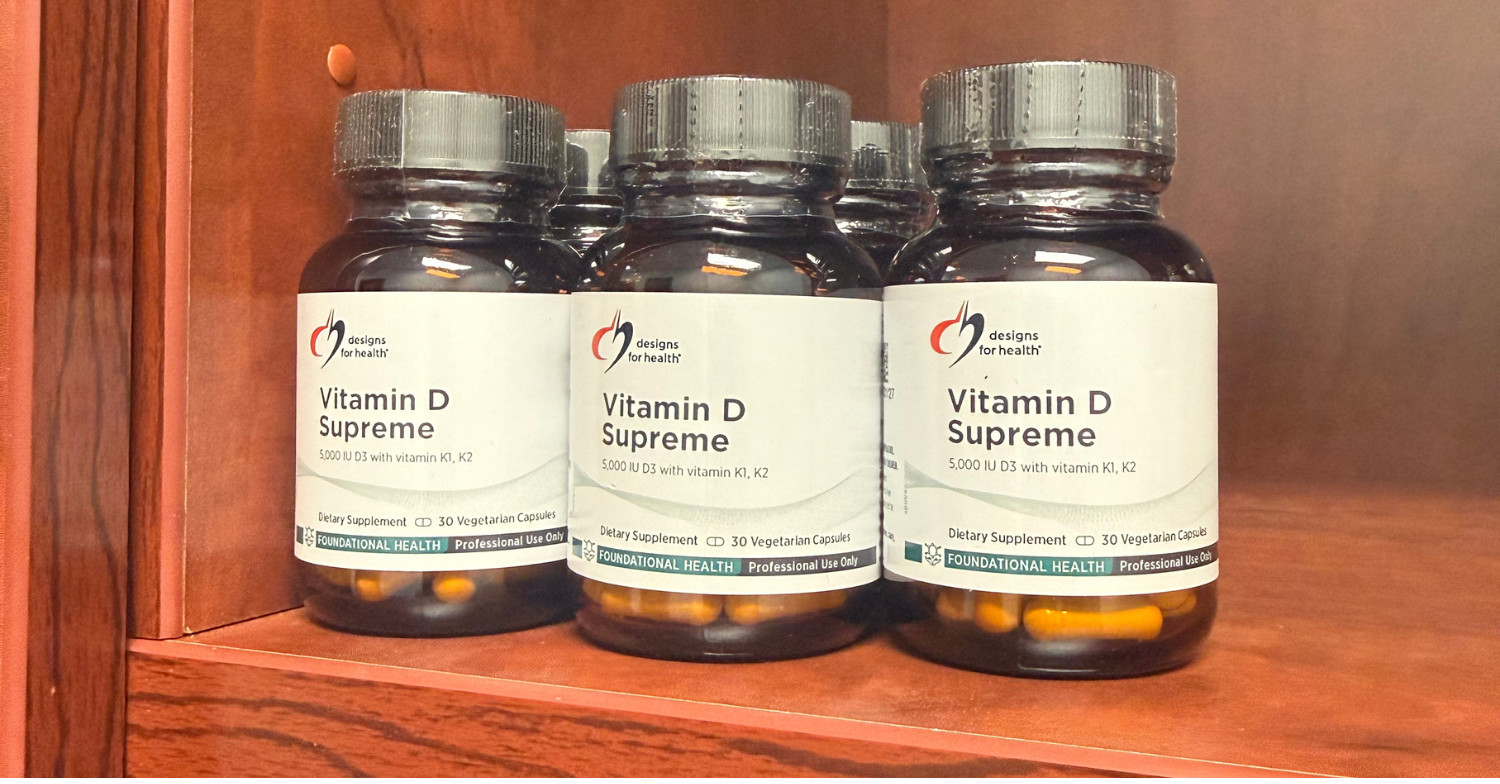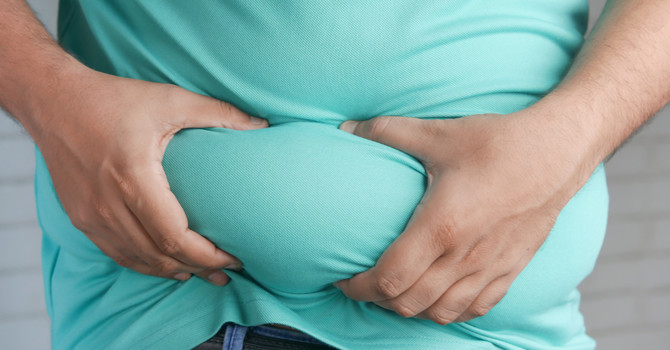
As winter settles into central Iowa and daylight hours shrink, many people notice a drop in mood, energy, and overall vitality. This shift is not just a seasonal inconvenience. It reflects the loss of sunlight, which is the body’s main source of vitamin D. From October through March, the sun sits too low in the sky for the skin to produce meaningful amounts, even with midday outdoor exposure.
This loss of UVB exposure leads to deficiency faster than many realize. Research shows that 30 to 40 percent of adults become deficient within eight to twelve weeks, meaning levels drop significantly by mid to late December. Indoor work, heavy clothing, and shorter days accelerate the decline. Symptoms often build gradually and appear as low energy, irritability, weaker immunity, or general achiness that is easy to dismiss.
Vitamin D supports immune health, hormone balance, muscle performance, and mood regulation. When levels fall, the body becomes more vulnerable to colds, fatigue, and slower recovery from physical activity. Many people also experience more stiffness and low-level pain during the winter months. For anyone staying active in local gyms or indoor facilities, low vitamin D can noticeably affect performance and resilience.
A reliable way to avoid deficiency is by supplementing with vitamin D3 paired with vitamin K2. Vitamin D3 is the same form produced from sunlight and is more effective at raising blood levels than vitamin D2. When combined with vitamin K2, particularly the MK-7 form, the body becomes better at directing calcium into bones rather than soft tissues. This combination supports bone strength, cardiovascular health, and more balanced mineral metabolism.
Supplementation is especially important in areas like Ankeny, where outdoor sunlight is limited for months at a time. Even dedicated winter walkers and outdoor enthusiasts cannot make enough vitamin D because of the sun’s low angle. This makes supplementation a practical step for maintaining wellness during the colder season.
Most adults do well with 1000 to 2000 IU of vitamin D3 daily during winter, while those who work indoors or tend to run low may benefit from 2000 to 5000 IU per day. A simple blood test can provide clarity, though many people see improvements in energy, mood, and recovery within a few weeks of steady intake. Vitamin D is generally well tolerated, especially at moderate daily doses.
Seasonal Affective Disorder, or SAD, becomes more common as daylight decreases and is closely tied to light exposure and vitamin D status. SAD often presents as low mood, fatigue, irritability, and reduced motivation during the darker months. Reduced sunlight impacts serotonin production, circadian rhythm, and vitamin D levels. Supporting vitamin D, increasing indoor light exposure, and staying active can meaningfully lessen the intensity of SAD symptoms.
Every winter, a predictable pattern emerges across central Iowa and our neighboring states. People start the season feeling normal, begin dragging by late December, and often struggle with mood and energy by January or February. This pattern is not inevitable. It frequently reflects a fixable nutritional gap made worse by our latitude and climate. Consistent D3 and K2 supplementation is one of the simplest ways to support health during these low-sunlight months.
Feel Good Chiropractic & Wellness offers guidance on dosing, product quality, and effective combinations for winter support. Many patients report noticeable improvements in mood, energy, and overall resilience once they commit to consistent winter supplementation. Starting early and maintaining steady intake helps carry you through the (literal) darkest part of the year.

Feel Good Chiropractic & Wellness
Contact Me



